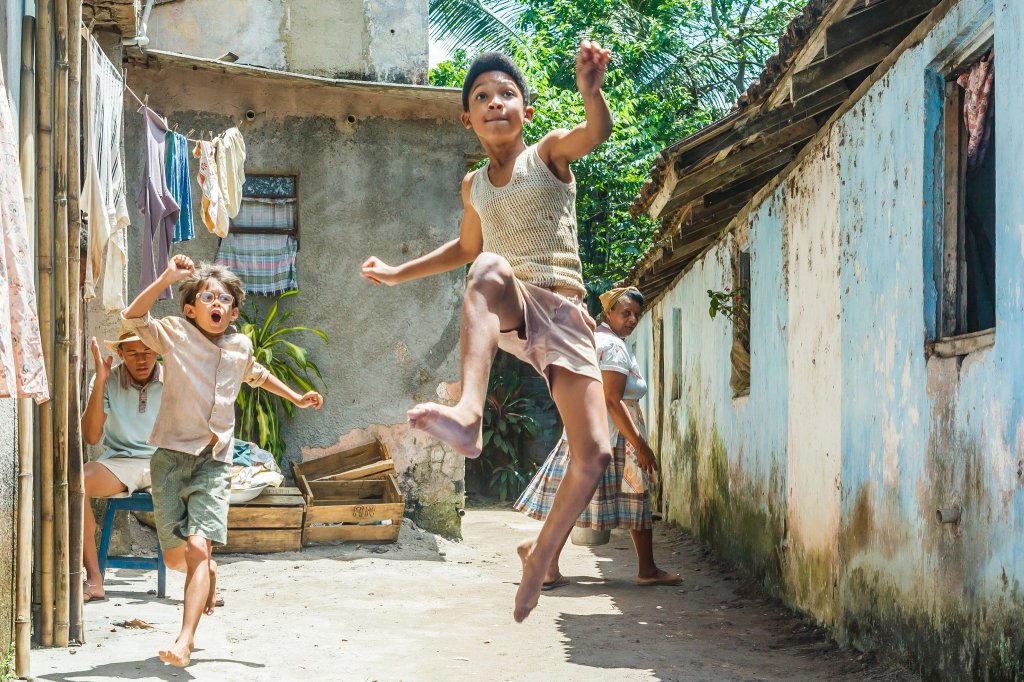Since I landed in São Paulo in November, the news about Pelé’s hospitalisation in this self-same city has had a feeling of finality about it. The prognosis for the ex-supremo athlete who, in his pomp, was every bit as super-fit as Christiano Ronaldo is today, was pretty bleak. I thought infirmity and Pelé do not belong in the same sentence. That it just goes to show that even the most physically gifted must one day succumb like all the other unfit has-beens.

By December, his family started to gather at his bedside in the Albert Einstein Hospital. The signals for the 82 year-old rei do futebol were mixed. The headlines ran from round-the-clock end-of-life care to he’s got plenty more life in him. Information. Disinformation. Mortal acceptance. Refusal to bury Brazil’s national treasure. It was hard to tell which way the wave of recovery would break.
A year ago, in a hotel room in Perú – while relaying giddy, sweetheart messages with a new love interest who happened to live down the road from the Albert Einstein Hospital in Sáo Paulo; who, like Edson Arantes Do Nascimento (Pelé’s birth name that we fitba’-mad lads had all memorised with customary difficulty back in the late 70s, early 80s) was a Mineira herself, born and bred in the proud Brazilian state of Minas Gerais – I watched a wonderful Kevin McDonald documentary titled simply Pelé. I was so moved by how this black man could rise from obscurity in a vast nation that had done nothing throughout its 400-year old history but demean Os Pretos, the Portuguese name for its long-suffering blacks – every one a former plantation slave, cutting sugar cane, making cachaça for the white latifúndios and their gang masters who drove the slaves on. And not only that, how he could – through outlandish ball skill topped off with a beautiful perma-smile – grow to become one, i’d contend, of only five black men who were almost universally lauded by whites throughout the entire 20th century, the others being Luther King, Mandela, Marley, and Ali.

And so it was that I came to be in Brazil when the lifeblood was slowly, inexorably draining from Pele’s mighty heart. Two days prior to his death, myself and the lovely Mineira who I flew all this way to be with, were coming down from Sáo Thomé Das Letras, a kind of hippie Glastonbury of magic mushrooms, putative alien sightings, and spiritualist retreats set among the Tolkienesque backcountry of southern Minas Gerais. Life being poetic when most you need it to rhyme, we happened to be passing through Três Corações, Pele’s home town as a young infant. To drive through without a side-stepping homage to Pelé’s first home, now a civic museum, would have constituted an unconscionable crime against decency.
It’s an unassuming place, but by no means the shack that the Western media so erroneously report. Pelé’s family, daddy Dondinho & the Do Nascimentos, were middle-class by the standards of the day. Their house, made of solid plastered walls, contained three bedrooms, a perfectly-fine kitchen, and large living area with dining table, and importantly, a big garden where his grandad kept his lenha, or firewood, which he sold to locals off the back of a horse and cart. Their old house, now a living museum, still does retain these characteristics. In fact, Pelé’s home of circa 1940 is a more affluent and dignified squat even now compared to the canvas squalor that legions of latter-day Brazilians have to exist in. Certainly, plusher than the domestic setting my infant father inherited in postwar Edinburgh. I feel it’s important to set the record straight to the untold numbers who were not as lucky as me to be able to walk into his house two days before he died.

I mentioned the garden. But what few know is what happened in that garden recently that some might construe as uncanny, or somehow prescient. We were sitting on a log on the lawn, my Mineira and I, when the curator, a little old women amiable as can be, told us the tale of the fallen tree trunk in the middle of the garden. While considered of modest size, this tree, now lying with truck snapped, was a sapling, racing to meet the hot Minas Gerais sun when Pelé was a mere 2-year old toddler tottering on the grass, kicking whatever round object that rolled along with a bit of prodding.
I remarked what a pity the trunk had fallen. She said, yes, it matured every step of the way with Pelé. They came into the world in the same year. They grew together. Then he and the tree grew apart when his father took his young family to another Mineiro town in search of a footballing contract. How did it happen? I asked. A storm blew in, she said. Unusual weather conditions for this benign part of the world, she added. When? I asked her. The other weekend, she said, without a hint of irony that the storm had put an end to the tree almost on the same day as Pelé would be admitted to hospital for the final time.

You can only know this by sitting in his old garden. All the platitudes, all the world’s scribes in all the world’s reputable journals scribbling paeans befitting this truly great individual. All looking – like Pelé against every crumbling defence he ever played against – for a tight angle to exploit. And none knowing what I learned that day: that all fates – be they of man or tree – are intimately tied. Pelé and the fallen tree could be an Aesop Fable.
We enter this world together as we leave this world together. Blowin’ in the wind.



One thought on “A Fitting Farewell to Pelé”